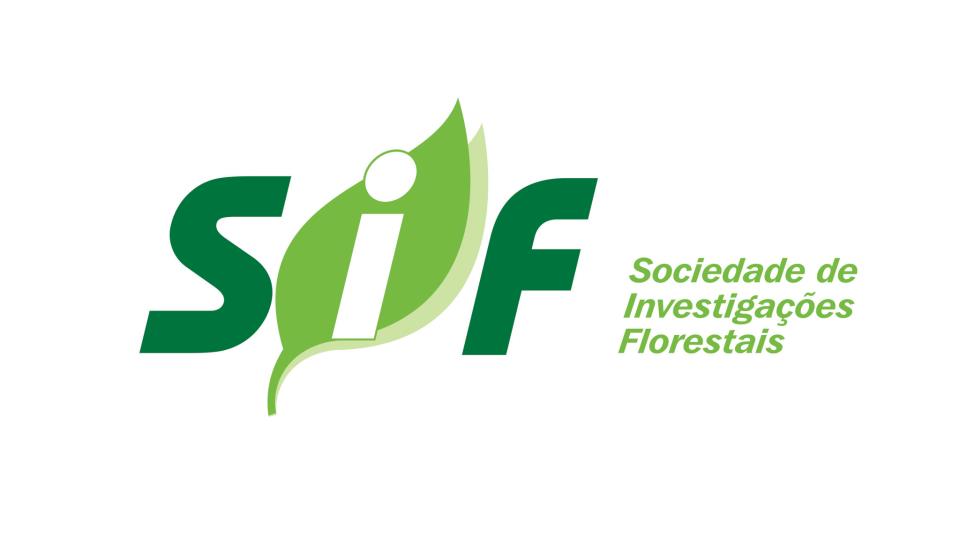Biblioteca Florestal
Digital
Digital
Florística e estrutura do componente arbustivo-arbóreo de mata de restinga arenosa no Parque Estadual de Itapeva, Rio Grande do Sul

JavaScript is disabled for your browser. Some features of this site may not work without it.
| dc.contributor.author | Santos, Robson | |
| dc.contributor.author | Silva, Régis Cardoso | |
| dc.contributor.author | Pacheco, Dilton | |
| dc.contributor.author | Martins, Rafael | |
| dc.contributor.author | Citadini-Zanette, Vanilde | |
| dc.date.accessioned | 2014-09-17T16:27:04Z | |
| dc.date.available | 2014-09-17T16:27:04Z | |
| dc.date.issued | 2012 | |
| dc.identifier.citation | SANTOS, R. et al. Florística e estrutura do componente arbustivo-arbóreo de mata de restinga arenosa no Parque Estadual de Itapeva, Rio Grande do Sul. Revista Árvore, Viçosa, v. 36, n. 06, p. 1047-1059. 2012. | pt_BR |
| dc.identifier.issn | 1806-9088 | |
| dc.identifier.uri | http://www.bibliotecaflorestal.ufv.br/handle/123456789/11090 | |
| dc.description.abstract | Para ampliar o conhecimento sobre as matas de Restinga arenosa no Rio Grande do Sul, foi realizado estudo florístico e fitossociológico do componente arbustivo-arbóreo de um capão de Restinga do Parque Estadual de Itapeva (PEVA). Neste estudo foi usado o método de parcelas, incluindo todos os indivíduos com DAS (diâmetro a altura do solo) mínimo de 2,5 cm e totalizando uma área de 0,5 ha. A composição florística resultou em riqueza total de 81 espécies. A densidade total arbustivo-arbórea no capão foi de 4.240 ind/ha. A família com maior riqueza específica foi Myrtaceae e, entre as espécies com maior valor de importância, estão Myrsine umbellata Mart. e Sorocea bonplandii (Baill.) W. C. Burger. Na regeneração natural as 10 primeiras espécies acumularam 54% da regeneração natural total, com índices que variaram de 13,5% a 0,2%. A elevada riqueza observada evidenciou a contribuição da “Porta de Torres” como importante corredor migratório das espécies atlânticas na vegetação do Rio Grande do Sul, agregando novas informações sobre a florística e estrutura comunitária da Restinga do Rio Grande do Sul. Os resultados apresentados contribuirão para posteriores estudos de dinâmica no PEVA e para programas de manejo, preservação e recuperação ambiental. | pt_BR |
| dc.description.abstract | To enlarge the knowledge on sandy Restinga forests in Rio Grande do Sul, it was carried out a shrub-tree component phytosociological and floristic studies of a Restinga forest from Parque Estadual de Itapeva (PEVA). In this study, it was used the the plot method, including all the individuals with DAS (soil height diameter) minimum of 2.5 cm and totaling an area of 0.5 ha. The floristic composition resulted in a total richness of 81 species. The shrub-tree total density in the forest was 4,240 individulas/ha. The family with the highest specific richness was Myrtaceae and, among the species with the highest importance value are Myrsine umbellata Mart. and Sorocea bonplandii (Baill.) W. C. Burger. In the natural regeneration the 10 first species accumulated 54% of the total natural regeneration, with rates from 13.5% to 0.2%. The high observed richness showed the contribution of "Porta de Torres" as an important Atlantic species migratory corridor in the vegetation in Rio Grande do Sul, adding new information on Restinga community structure and floristic in Rio Grande do Sul. The results will contribute to further studies on PEVA dynamic and to environmental reclamation, preservation and handling programs. | pt_BR |
| dc.format | 14 páginas | pt_BR |
| dc.language.iso | pt_BR | pt_BR |
| dc.publisher | Sociedade de Investigações Florestais | pt_BR |
| dc.relation.ispartofseries | Revista Árvore:v.36,n.6; | |
| dc.subject.classification | Ciências Florestais::Silvicultura::Dendrologia e fitossociologia | pt_BR |
| dc.title | Florística e estrutura do componente arbustivo-arbóreo de mata de restinga arenosa no Parque Estadual de Itapeva, Rio Grande do Sul | pt_BR |
| dc.title | Floristic and structure of the shrub-tree component of sandy restinga forest in Parque Estadual de Itapeva, Rio Grande do Sul state, Brazil | pt_BR |
| dc.type | Artigo | pt_BR |
Arquivos deste item
| Arquivos | Tamanho | Formato | Visualização | Descrição |
|---|---|---|---|---|
| Revista_Árvore_v36_n6_p1047-1060_2012.pdf | 1.892Mb |

|
Visualizar/ |
Artigo |





